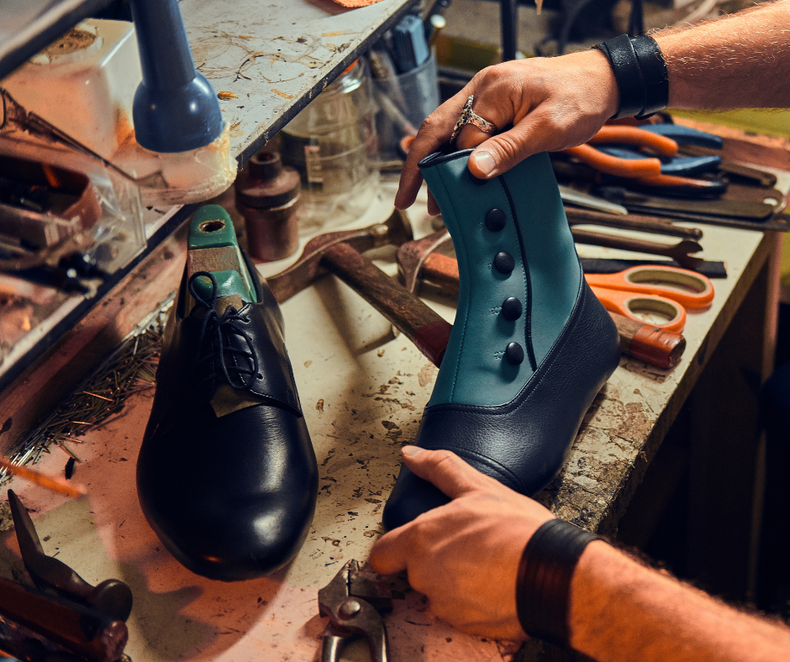As we embark on a new year, prioritizing health and well-being remains at the forefront of our resolutions. One aspect often overlooked is the significance of proper footwear, particularly for those with orthopaedic needs. In a recent press release, insights were shared on the accessibility of orthopaedic footwear claims, shedding light on the essential features and the processes involved.
Understanding Orthopaedic Shoes
Orthopaedic shoes are specially designed to provide optimal support and comfort for individuals with foot conditions, such as arthritis, diabetes, overlapping toes, hammer toes or other musculoskeletal disorders. These shoes aim to alleviate discomfort, enhance stability, and promote overall foot health. There are two main categories of orthopaedic shoes: stock item orthopaedic shoes and custom-made orthopaedic shoes.
Stock Item vs. Custom-Made Orthopaedic Shoes
Stock orthopaedic shoes are pre-manufactured in standard sizes and designs, readily available for purchase without the need for customization. They may have comfort features such as additional removable insoles, stiff forefoot rocker soles, extra depth and additional width options. These shoes are suitable for individuals with common foot conditions that can be addressed by standard features.
On the other hand, custom-made orthopaedic shoes are crafted to fit the unique contours of an individual's feet. These shoes are tailored to specific measurements, offering a personalized solution for those with more complex or severe foot issues or deformities. While custom-made options may be pricier, they provide unparalleled comfort and support.
Requirements for Insurance Claims
To claim orthopaedic shoes through your insurance, certain criteria must be met. Typically, insurance providers require a prescription from a qualified healthcare professional, such as a podiatrist or orthopaedic specialist. The prescription should outline the medical necessity for orthopaedic footwear, specifying the type of shoes required.
Claiming for Stock Orthopaedic Shoes
Claiming for stock orthopaedic shoes involves a straightforward process. Once you have obtained a prescription, visit a reputable orthopaedic footwear retailer, such as Foot Solutions. Ensure that the selected shoes align with the specifications outlined in the prescription. Most insurance providers require a detailed receipt indicating the type (brand and model number) and cost of the orthopaedic shoes.
As we stride into the new year, let's not underestimate the impact of proper footwear on our overall well-being. Orthopaedic shoes serve as a crucial solution for individuals facing foot-related challenges. By understanding the distinctions between stock item and custom-made orthopaedic shoes, and familiarizing ourselves with the insurance claim process, we can take proactive steps towards prioritizing our foot health in 2024 and beyond.

